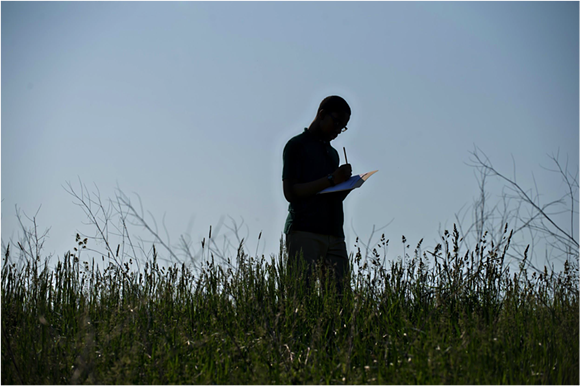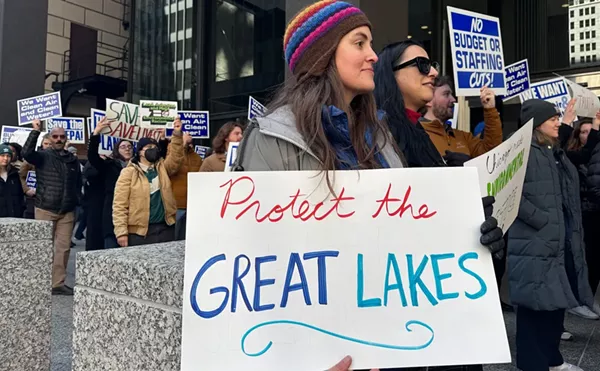
Founded in 2008, the Southeast Michigan Stewardship, or SEMIS, Coalition seeks to partner schools and community organizations, as well as help educators learn how to take an eco-justice approach to community-based projects with students.
SEMIS has been working with multiple schools in Detroit to do this, and providing teachers with the holistic support they need, including nine days of professional development over the course of the year, as well as curriculum coaching at their schools, according to the organization.
Much of SEMIS' work is based around the concept of place-based education, an approach encouraged by many Detroit community activists, such as the late Grace Lee Boggs. Place-based education encourages students to gain knowledge through experience and explore school subjects at high levels of critical thinking.
Dr. Ethan Lowenstein, the SEMIS Coalition’ director and professor at Eastern Michigan University, describes the motivation behind this approach as a common-sense, practical approach to teaching and connecting ideas being learned about in the classroom with real-world issues.
"We hear it over and over again from coalition members — when they use this approach, students develop a love for school and the community around them, as well as outperform their peers academically," Lowenstein says.
The method engages students, Lowenstein says.
"Young people in Detroit are given negative messages by the media all the time about their communities and their schools. When students connect to members of their communities and partner with them, they start to see their communities in a positive light.”
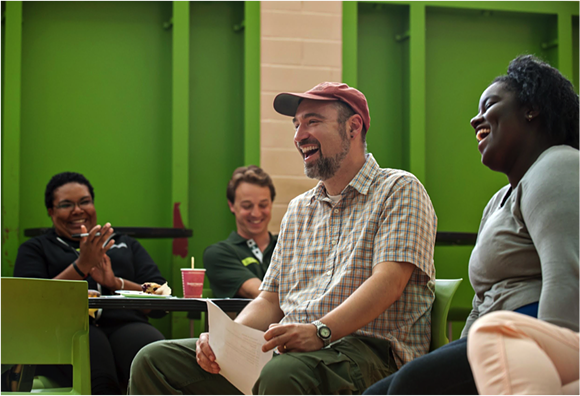
SEMIS has grown across Southeast Michigan, with its largest presence in Detroit. The organization has expanded its reach to teachers from more than 17 schools and 25 partner organizations in the area in order to encourage both teachers and students to work toward the organization’s goal.
Among those who have worked with the organization is Chad Segrist, the lead science teacher and STEAM (science, technology, engineering, arts, and mathematics) director at the Detroit Institute of Technology.
SEMIS is integral in Segrist's work with students, he says: “I think that we’ve provided them [students] with a medium for strengthening their communities."
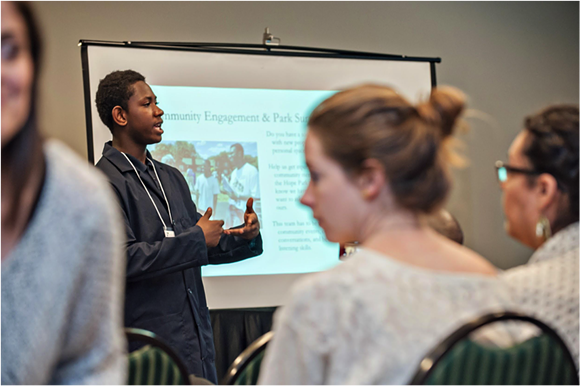
The organization has also been working toward assisting new schools in using a place-based approach. Among these is the James & Grace Lee Boggs School.
The principal of the school, Julia Putnam, taught in Detroit for five years
before taking her current post, and has been working with SEMIS since
the school was founded. “The organization helps the children think about the contribution that they can make toward the well-being of the community. Grace Lee Boggs used to say that it’s a shame that kids go to school, but aren’t educated in a way that benefits the community. Her goal was, among other things, to integrate students into their communities as student-ambassadors —this has become one of SEMIS’ main goals.”
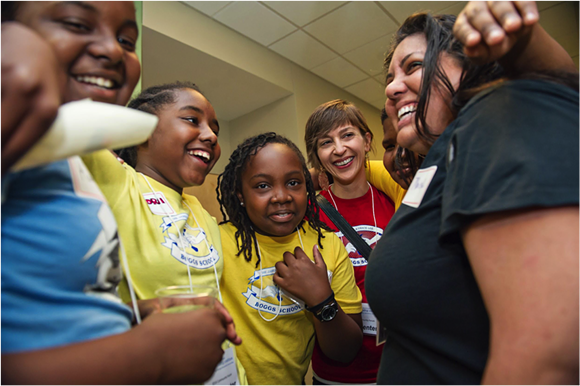
Lisa Lipscomb, a teacher at Neinas Elementary School in Detroit, says that her students tackled the subject of graffiti by researching it and its root causes — and eventually lead a community meeting with law enforcement officials on the subject.
The coalition's work empowers both children and the community, Lipscomb says. "[Lowenstein] told me to trust the process, that being the one based around place-based education, and I don't think that I could've made a better choice."

The Southeast Michigan Stewardship Coalition isn’t simply an environment-based organization; it’s an organization that takes an eco-justice and place-based approach to working with teachers and students in order to solve problems in Detroit.


